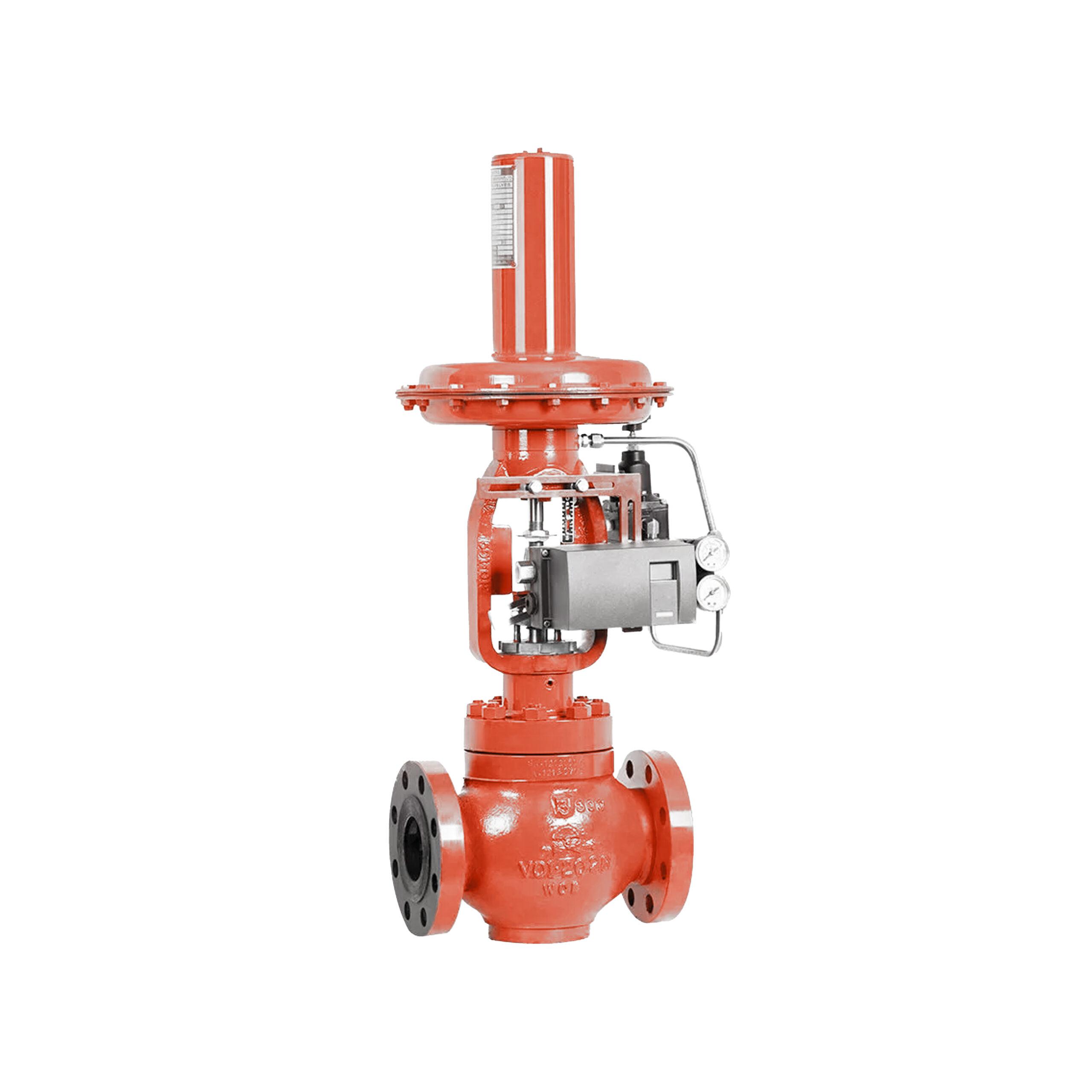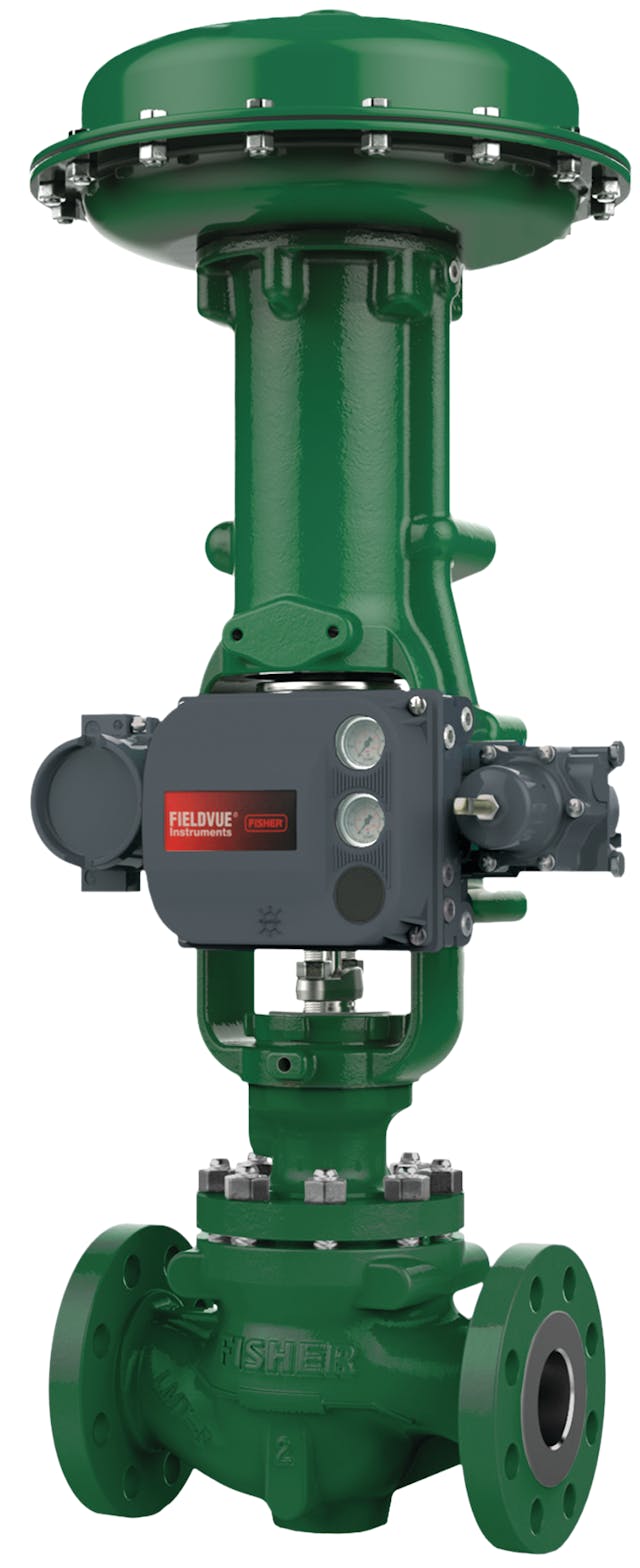Exploring the Functionality of Modern Control Valves in Industrial Applications
Exploring the Functionality of Modern Control Valves in Industrial Applications
Blog Article

Maximize Power Financial Savings and Convenience With Advanced Building Automation Controls
In the realm of modern-day style and center administration, the combination of advanced building automation regulates stands as a pivotal advancement. The merging of modern technology and sustainability has actually birthed a new period where power performance, convenience optimization, and functional streamlining are no much longer possible truths yet far-off ambitions. By using the power of automation, buildings can adapt, react, and develop in manner ins which were when inconceivable. The potential for considerable energy savings and boosted comfort is not simply an assurance yet an opportunity waiting to be met. This paradigm change in building monitoring holds the essential to opening a world where ecological conscientiousness and occupant health harmoniously exist side-by-side within the walls of our frameworks.
Energy Effectiveness Benefits
Energy effectiveness benefits can dramatically reduce power usage and operational costs in structures. Energy-efficient systems, such as sophisticated building automation controls, can enhance the use of resources like cooling, illumination, and home heating, leading to lower power expenditures over time.
Moreover, boosted power effectiveness can prolong the life-span of structure devices and systems. By operating extra successfully, cooling and heating systems, lighting fixture, and various other building components experience much less deterioration, causing decreased maintenance and replacement expenses. Additionally, energy-efficient buildings frequently regulate higher building worths and rental prices, offering lasting monetary advantages to owners.
Moreover, energy performance can improve owner comfort and efficiency. Correctly managed indoor settings with optimal lighting and thermal problems produce an even more positive and favorable office, leading to enhanced employee contentment and efficiency. On the whole, the energy efficiency advantages linked with sophisticated structure automation controls are multifaceted, including expense savings, environmental stewardship, and owner well-being.
Enhanced Comfort Control
Enhancing comfort control in structure settings calls for an advanced assimilation of sophisticated automation systems for optimal passenger health. By making use of innovative building automation controls, facilities can tailor the interior setting to fulfill the specific needs and preferences of passengers. These systems make it possible for precise guideline of lights, ventilation, and temperature level, producing a comfortable and productive atmosphere. Resident contentment and productivity are very closely connected to thermal convenience, making it important to have systems in position that can adapt to altering conditions in real-time.
By incorporating these innovative controls, buildings can not just boost comfort yet also boost energy effectiveness by optimizing system procedures based on real occupancy and use patterns. Inevitably, prioritizing passenger comfort via sophisticated automation systems leads to a much more pleasurable and much healthier interior environment.
Functional Performance Improvements

Furthermore, the implementation of real-time surveillance and analytics tools makes it possible for building drivers to identify power inefficiencies and operational abnormalities quickly. By continually checking energy usage patterns and system efficiency metrics, adjustments can be made in real-time to optimize power intake and guarantee my sources peak operational efficiency. control valves. In addition, incorporating demand feedback techniques right into building automation controls can even more improve functional performance by dynamically readjusting energy usage based upon grid problems and rates signals
Indoor Climate Optimization
Efficient indoor environment optimization is a basic facet of structure automation controls, ensuring owners' comfort and wellness while optimizing power financial savings. By utilizing sophisticated sensors and controls, developing automation systems can constantly readjust and check temperature level, moisture degrees, air quality, and ventilation to produce an ideal indoor atmosphere. Preserving regular and comfy problems not just boosts occupant fulfillment yet additionally improves efficiency and total well-being.
Interior environment optimization likewise plays a critical duty in power performance. By fine-tuning heating, air flow, and cooling systems based on real-time information and tenancy patterns, developing automation controls can dramatically minimize energy consumption - control valves. As an example, implementing techniques such as demand-controlled ventilation and thermal zoning can aid lessen energy waste while making sure that each location of the structure gets the needed conditioning.

Lasting Setting Production
Structure automation regulates not just see this page maximize interior environment conditions for power performance and owner convenience yet additionally lay the structure for developing a sustainable atmosphere through tactical administration of systems and resources. By incorporating innovative structure automation modern technologies, such as sensing units, actuators, and smart software program, centers can readjust and keep an eye on energy usage in real-time to minimize waste and decrease their carbon footprint. These systems make it possible for anticipating maintenance, identifying potential issues before they rise and enhancing equipment performance to boost long life and effectiveness.
Furthermore, lasting setting development extends beyond power administration to include water conservation, waste decrease, and indoor air quality improvement. Structure automation controls can regulate water use, discover leaks, and ensure proper garbage disposal methods, adding to general sustainability initiatives. Furthermore, by checking and managing ventilation and purification systems, these innovations enhance resident wellness and efficiency while decreasing power intake related to HVAC operations.
Conclusion
In verdict, progressed building automation regulates deal substantial benefits in regards to power cost savings, comfort control, functional performance, interior climate optimization, and creating a sustainable setting. By applying these controls, structures can accomplish optimal efficiency while lowering energy consumption and improving passenger convenience. It is obvious that the usage of sophisticated automation innovation is critical in improving structure efficiency and developing an extra lasting future.
Energy effectiveness advantages can dramatically lower energy consumption and operational costs in buildings. Generally, the power performance benefits associated with advanced building automation controls are diverse, including cost financial savings, ecological stewardship, and owner health.
Additionally, integrating need Read Full Report action methods into building automation controls can better improve functional effectiveness by dynamically adjusting power use based on grid conditions and pricing signals.
Structure automation regulates not just enhance indoor climate problems for power effectiveness and passenger comfort but additionally lay the structure for creating a lasting setting via tactical management of systems and sources.In final thought, advanced structure automation manages offer substantial benefits in terms of power cost savings, comfort control, functional effectiveness, indoor environment optimization, and creating a lasting environment.
Report this page